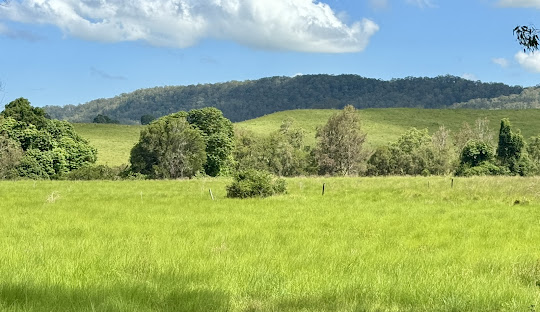
Lismore's Early Economic Growth: From Timber and Cattle to Dairy and Infrastructure Development
Posted by on
From the 1840s, timber cutters began moving up the Richmond River, felling trees in the expansive, untouched subtropical rainforest known as the "Big Scrub." Their primary focus was the Australian red cedar, known locally as "red gold," prized for its attractive appearance, ease of working, and natural resistance to pests. Without a substantial road network, the region relied on river transport for accessing resources and bulk transportation, with the river serving as the main route for timber and goods.
Lismore’s strategic location at the highest navigable point on the north arm of the Richmond River (later renamed the Wilsons River) contributed to its development as an inland port, despite its low-lying position and susceptibility to flooding. In the second half of the 19th century, Lismore’s primary industries included cattle grazing and timber, supporting the region's growing economy. This led to the rise of secondary industries such as shipbuilding, transportation, sawmilling, and tallow manufacturing.
As the Big Scrub was cleared, the land gave way to new pastures that formed the foundation of a thriving dairy industry. Many dairy cooperatives and processing plants, such as butter factories, were established throughout the region, further boosting Lismore’s economic growth. Alongside these industries, infrastructure development continued to expand in the city. By 1879, Lismore had three schools, and in the 1880s, several key projects were completed, including a new Government Wharf (1880), two bridges over the Wilsons River (1884-1885), a railway station (1894), and a new post office building (1898).
By the turn of the century, Lismore’s population had grown to over 4,500 residents, although the city had faced setbacks, including several devastating floods and a period of drought in the late 1890s. Despite these challenges, the foundations were laid for Lismore’s continued development into a regional center in the years to come.